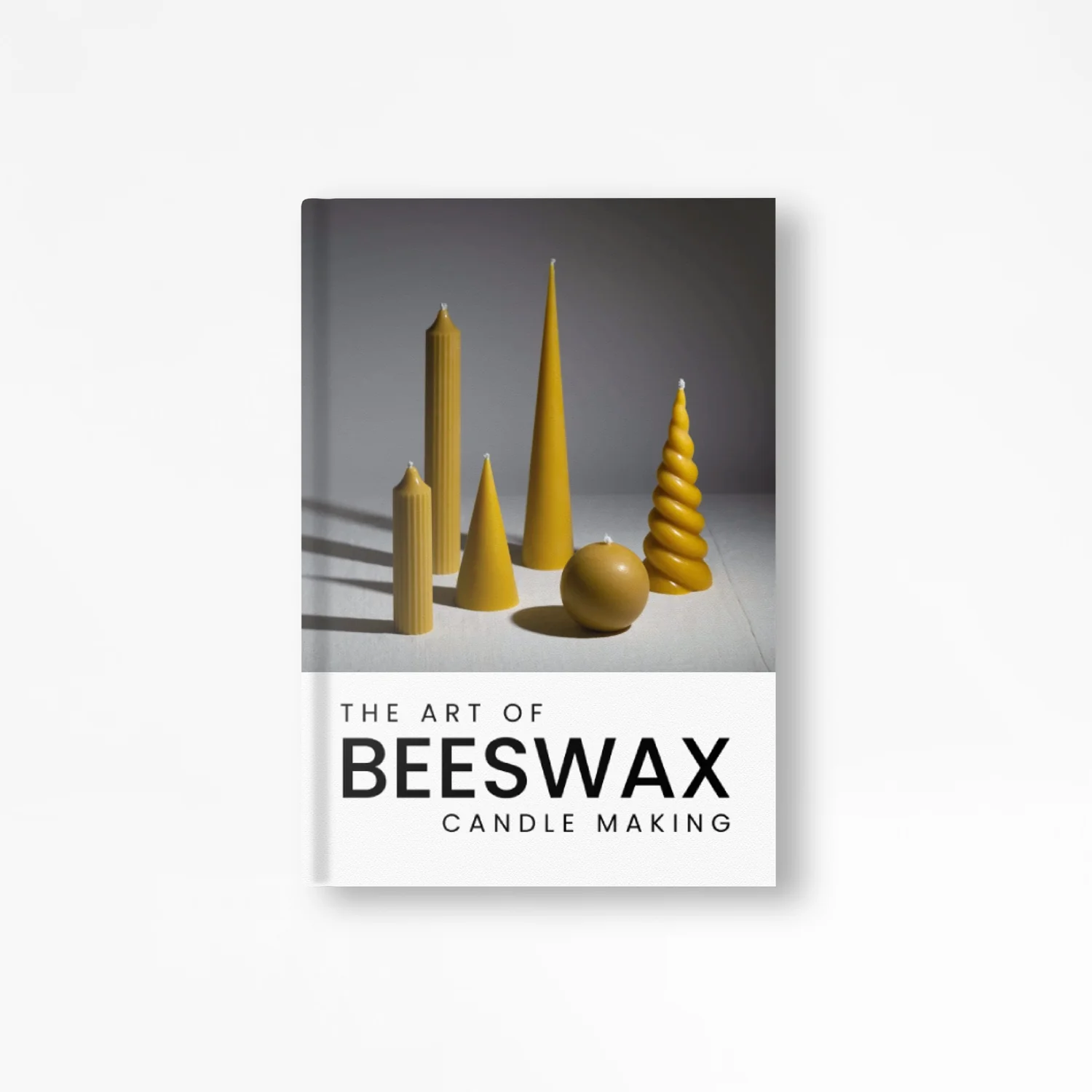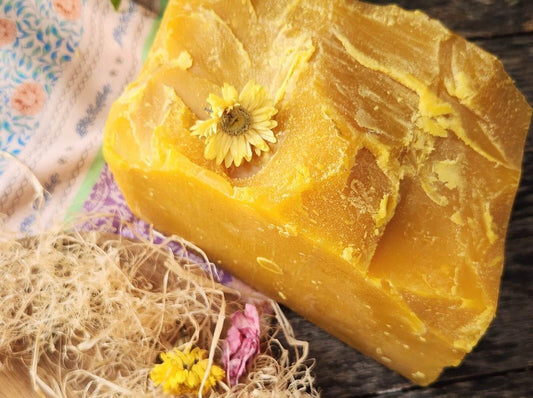Introduction
In the world of natural products, waxes play a crucial role, especially in industries like cosmetics, skincare, and candle-making. Two of the most popular natural waxes are candelilla wax and beeswax. While they may seem similar, they differ significantly in origin, properties, and applications. In this comprehensive guide, we’ll compare candelilla wax and beeswax in depth, looking at their characteristics, sustainability, benefits, and uses. Whether you’re a DIY enthusiast, a skincare formulator, or a candle-maker, understanding the nuances between these two waxes will help you make more informed choices.
What Is Candelilla Wax?
Candelilla wax is a plant-based wax derived from the leaves of the Euphorbia antisyphilitica shrub, native to northern Mexico and the southwestern United States. It is extracted by boiling the plant’s leaves and stems, then skimming off the wax from the surface.
- Hard and brittle texture
- Yellow-brown in color
- Melting point: 68.5–72.5°C (155–162°F)
- Vegan and plant-based
- Non-toxic and hypoallergenic
What Is Beeswax?
Beeswax is a natural byproduct produced by honeybees (Apis mellifera) as they build their honeycombs. Bees secrete wax from special glands, which they then use to form the structure of the hive.
- Soft, pliable texture
- Yellow or white, depending on refinement
- Melting point: 62–64°C (143–146°F)
- Non-vegan, but sustainable when ethically sourced
- Naturally antibacterial and moisturizing
Comparing Candelilla Wax and Beeswax
1. Origin and Sustainability
Candelilla Wax: Plant-based and vegan, candelilla wax appeals to those seeking cruelty-free alternatives. However, its production can have environmental consequences due to deforestation and land degradation.
Beeswax: Derived from honeybees, beeswax supports sustainable beekeeping, which is vital for pollination and biodiversity. Ethically sourced beeswax can be a sustainable option.
2. Texture and Consistency
Candelilla Wax: Harder and more brittle than beeswax, providing a firmer texture in products.
Beeswax: Softer and creamier, offering more pliability and spreadability in skincare formulations.
3. Melting Point and Usage
Candelilla Wax: Higher melting point, making it suitable for firm products like lip balms and stick deodorants.
Beeswax: Lower melting point, ideal for softer, moisturizing products like lotions and salves.
4. Skincare Benefits
Candelilla Wax: Primarily used as a thickener and stabilizer with limited skin-nourishing properties.
Beeswax: Rich in emollients, beeswax locks in moisture and has natural antibacterial and healing properties, making it superior for skincare.
5. Vegan vs. Non-Vegan
Candelilla Wax: 100% vegan and suitable for those following a plant-based lifestyle.
Beeswax: Not vegan, but environmentally beneficial when sourced from ethical beekeeping practices.
6. Applications in Candle-Making
Candelilla Wax: Not widely used for candles due to its brittle texture, but can be blended with other waxes.
Beeswax: Ideal for candle-making, beeswax burns cleanly, lasts longer, and emits a natural honey-like scent.
Which Wax Should You Choose?
Your choice between candelilla wax and beeswax depends on your priorities:
- Vegan Consumers: Candelilla wax is the best option for vegan formulations.
- Skincare Enthusiasts: Beeswax offers superior benefits for moisturizing and healing skin.
- Candle-Makers: Beeswax is the gold standard for natural, long-lasting, and clean-burning candles.
Both waxes have their strengths, but if sustainability and skincare are priorities, beeswax stands out as the more versatile and beneficial choice.










